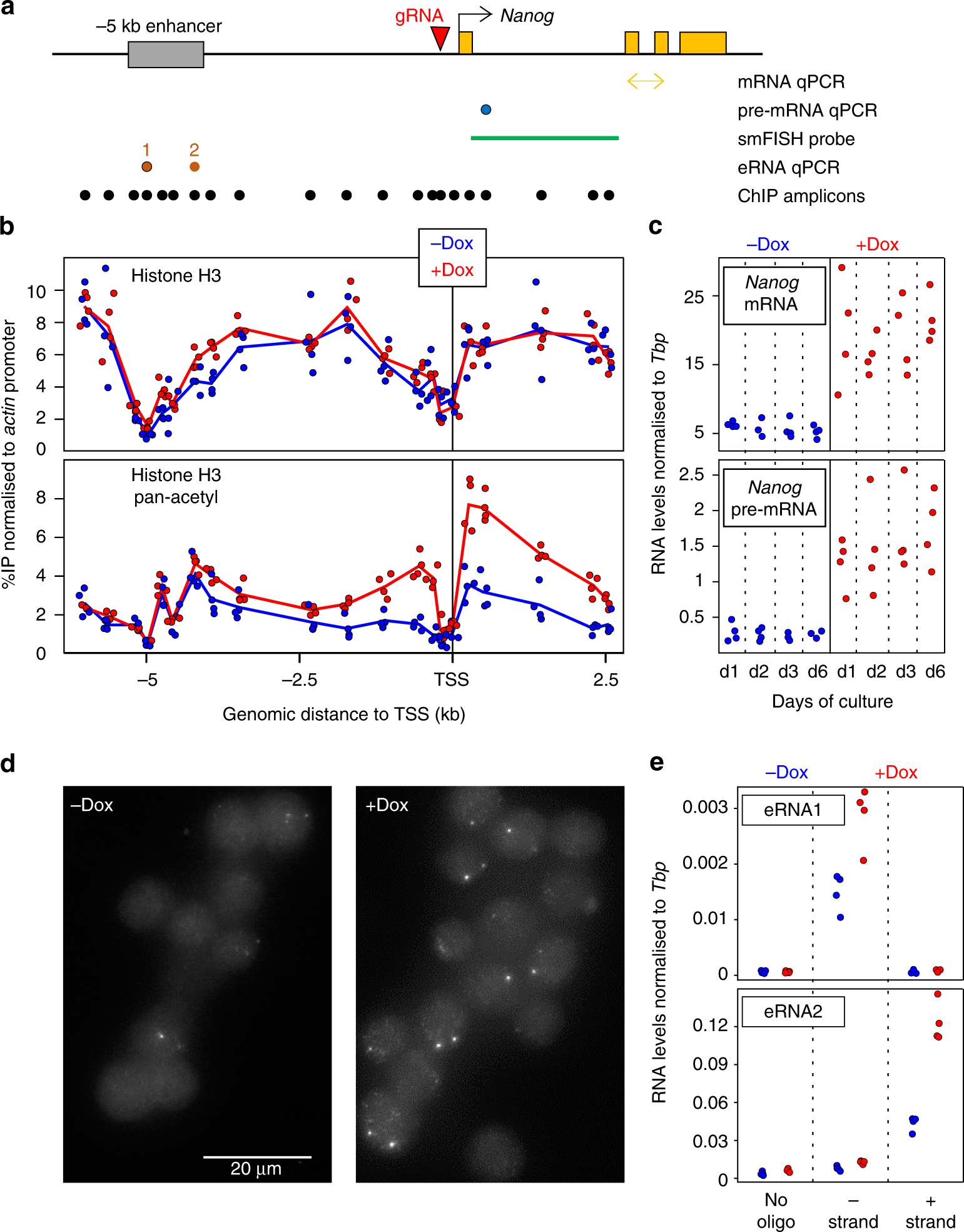

(B) Validation of circIPO11 by DNA sequencing in mice. Convergent primers for linear Ipo11 were denoted in black arrowheads, and divergent primers agaisnt circIPO11 were denoted in red arrowheads. (A) Schematic representation of mouse circIPO11. Data are representative of at least three independent experiments. *** P < 0.001 by two-tailed Student’s t test. Data are shown as means and 95% confidence intervals ( n = 8). (K) Tumorigenic cell frequencies in circIPO11-overexpressing and control (oeVec) cells were determined with limiting dilution assay ( ). (I, J) Expression of circIPO11 did not affect the expression of its parental gene IPO11 by qRT-PCR (I) and Western blot (J). (H) CircIPO11 was overexpressed in HCC cell lines and HCC primary tumor cells. Representative images are shown (left panel), and statistical results are shown as means ± SD (right panel). (G) Orthotopic liver tumor imaging of CSCs and non-CSCs with and without circIPO11 transduced with Luc vectors.

(F) Tumorigenic cell frequencies in circIPO11-depleted and empty vector control (shVec) cells were analyzed with a limiting dilution assay ( ). (E) CD13 +CD133 + subpopulations were sorted from circIPO11-depleted and control HCC cell lines, followed by flow cytometry analysis. (D) CD13 and CD133 subpopulations in HCC primary tumor cells were detected by flow cytometry.

(B, C) Expression levels of IPO11 in circIPO11-depleted HCC cells were detected by Western blot (B) and qRT-PCR (C). (A) CircIPO11 expression was detected by qRT-PCR in HCC cell lines and HCC primary tumor cells. CircIPO11 is required for the self-renewal of liver CSCs.

U, upstream complementary intron sequences D, downstream complementary intron sequences. (J) Match information of complementary introns of circIPO11 in vertebrates. (H, I) Conservation analysis of upstream (H) and downstream (I) complementary intron sequence of circIPO11 in vertebrates. The scores listed in the table were identified by the WATER algorithm. (G) Sequence conservation analysis of circIPO11 in vertebrates from zebrafish to human. CircIPO11 was the only circular RNA that highly expressed in tumor, oncospheres and liver CSCs. (F) Expression levels of the variable cycled circRNAs were examined by qRT-PCR. (E) Schematic representation of nine circRNAs derived from IPO11 transcript due to variable cyclizations. IPO11 and ACTB were used as positive controls. (D) HCC cell lines were treated with 2 μg/ml actinomycin D for 14 h, and whole RNAs were extracted for qPCR analysis. (C) Total RNAs extracted from HCC oncospheres were digested with or without 2 U/μg RNase R for 1 h at 37 ☌, followed by qPCR analysis, IPO11 and ACTB were used as positive controls. (B) Using complementary DNA (cDNA) and genomic DNA (gDNA) as templates, circIPO11 was amplified with divergent (grey arrowheads) and convergent primers (black arrowheads). Divergent primers were listed in Table S3. PCR products with divergent primers were sequenced. (A) Validation of circRNAs by DNA sequencing. Characterization of upregulated circIPO11 in HCC tumor tissues. The Creative Commons Public Domain Dedication waiver ( ) applies to the data made available in this article, unless otherwise stated in a credit line to the data.Īdditional file 1: Figure S1. If material is not included in the article's Creative Commons licence and your intended use is not permitted by statutory regulation or exceeds the permitted use, you will need to obtain permission directly from the copyright holder. The images or other third party material in this article are included in the article's Creative Commons licence, unless indicated otherwise in a credit line to the material. Open AccessThis article is licensed under a Creative Commons Attribution 4.0 International License, which permits use, sharing, adaptation, distribution and reproduction in any medium or format, as long as you give appropriate credit to the original author(s) and the source, provide a link to the Creative Commons licence, and indicate if changes were made.


 0 kommentar(er)
0 kommentar(er)
